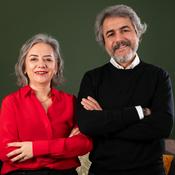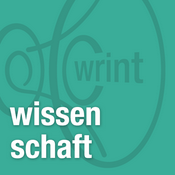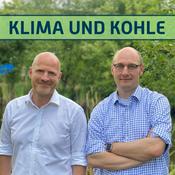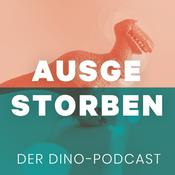33 Episoden

Artificial Hearing: From Ear Drums to Tuning Forks
09.12.2025 | 50 Min.
Dr. Claudia Lenk’s group creates brain-inspired hearing systems with micromechanical hair cells. In this episode of Brains and Machines, she talks to Dr. Sunny Bains of University College London about the advantages of the approach and how it could be applied to speech processing in AI. Discussion follows with Dr. Giulia D’Angelo from the Czech Technical University in Prague and Professor Ralph Etienne-Cummings of Johns Hopkins University.

A Theoretical Framework for Neuromorphic Technology?
07.11.2025 | 54 Min.
Sunny talks to Dr Brad Aimone from Sandia National Laboratories who works with the world’s biggest neuromorphic platforms. He explains how this allows him to think deeply about what such platforms are good for and how we might be able to get to a theory of neuromorphic computational power. After the interview, discussion follows with Giulia and Ralph.

Neurons Close the Loop from Insect Perception to Action
01.11.2025 | 44 Min.
Sunny talks to Prof Barbara Webb from the University of Edinburgh in Scotland, who uses physical robots to validate neural mechanisms in crickets, ants, and bees. She talks about her work inspired by the philosophy that biological cognition can only be truly understood by building complete sensory-motor loops that work in the real world. After the interview, discussion follows with Giulia and Ralph.

Can Neuromorphic Be Low-Power, Reconfigurable, and Scalable?
06.10.2025 | 49 Min.
Professor Gert Cauwenberghs has been working toward building brain-scale systems for decades. At the University of California San Diego, he’s now one of the leaders of the Neuromorphic Commons hub, also known as Thor, which will give the wider community access to neuromorphic hardware and simulators. In this episode of Brains and Machines, he talks to Dr. Sunny Bains of University College London about his approach to making systems that use minimal energy, are highly interconnected at all levels, and are surprisingly flexible. Discussion follows with Dr. Giulia D’Angelo from the Czech Technical University in Prague and Professor Ralph Etienne-Cummings of Johns Hopkins University.

Event-Driven E-Skins Protect Both Robots and Humans
11.8.2025 | 46 Min.
Professor Gordon Cheng builds humanoid robots that can feel their environment using artificial skin. In this episode of Brains and Machines, he talks to Dr. Sunny Bains of University College London about how the skin was designed, how it improves safety, and why neuromorphic engineering will be important for machine autonomy. Discussion follows with Dr. Giulia D’Angelo from the Czech Technical University in Prague and Professor Ralph Etienne-Cummings of Johns Hopkins University.
Weitere Wissenschaft Podcasts
Trending Wissenschaft Podcasts
Über Brains and Machines
Höre Brains and Machines, Der KI-Podcast und viele andere Podcasts aus aller Welt mit der radio.de-App

Hol dir die kostenlose radio.de App
- Sender und Podcasts favorisieren
- Streamen via Wifi oder Bluetooth
- Unterstützt Carplay & Android Auto
- viele weitere App Funktionen
Hol dir die kostenlose radio.de App
- Sender und Podcasts favorisieren
- Streamen via Wifi oder Bluetooth
- Unterstützt Carplay & Android Auto
- viele weitere App Funktionen


Brains and Machines
App laden,
loshören.






































